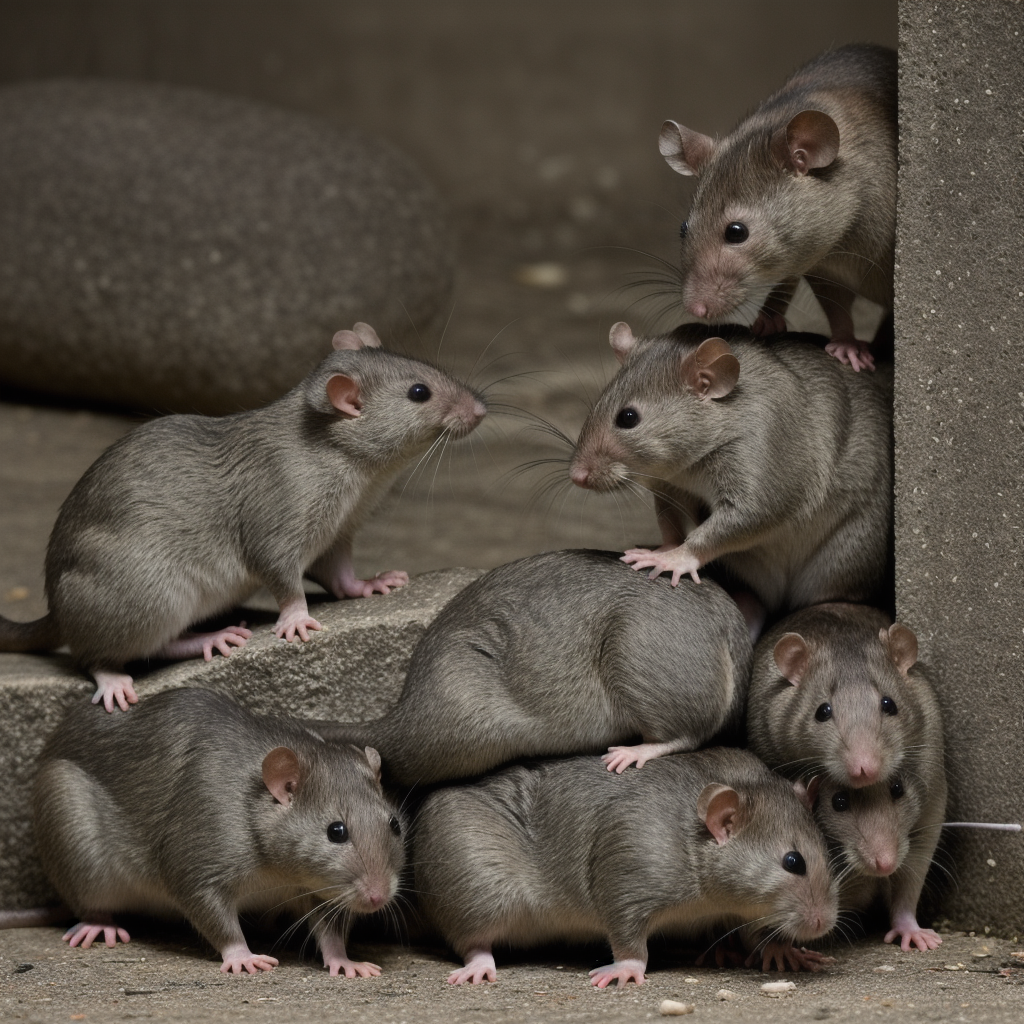
Who Knew? Even Pestilence-filled Rats Deserve Some Love Too!
Key points:
- The infamous rodents, rats, may not be as villainous as we think.
- Rat populations rise when human societies prosper, showing a symbiotic relationship between the two.
- Several studies indicate rats have social behavior – they construct societies much like ours.
- Rats showcase qualities of empathy as they willingly help each other out in stressful situations.
- Ecologists recommend a change in perspective towards rats, advocating for coexistence rather than extermination.
- Measures like urban planning and waste management can aid human-rat cohabitation.
Rodent Redemption – Are Rats Friend Not Foe?
If we put aside our shared history’s fearful tales about rats – from the Black Death to horror movies – we may surprisingly find qualities meriting affection. The common notion brands rats as disease-carrying, parasitic beings that breed in filth and scavenges. Unequivocally, their reputation precedes them: a spine-chilling terror with a knack for exploding when food supplies flourish. However, recent studies may urge us to consider extending an olive branch towards these furry foes as they exhibit shockingly human-like qualities.
Rat populations swell up alongside human prosperity. Although an alarming parallel, it discloses a remarkable fact: rats flourish when we do. These critters, thus, rely on the residuals of human development – from food scraps to construction debris. This symbiotic connection hints that rats could — dare we say — coexist with us.
These rodents turn out to be social creatures, organizing themselves into structured societies similar to ours. They sing, they play, they race, and they cuddle – much like us humans. Their social hierarchy is complex, like any human culture, comprising leaders, followers, and those who defy the norms.
Additionally, rats score high on empathy. Observational studies reveal that rats willingly rescue their distressed compeers, struggling extra hard to assist familiar ones. This helping behavior even extends to returning the favor – gratuitously freeing, grooming, and feeding caged friends at personal costs. Such selfless, empathetic behavior is uniquely human, reinforcing the belief that humans and rats may not be so different after all.
Ecologists encourage us to view rats under a new light. They suggest that learning to coexist with the creatures rather than exterminating them has numerous ecological and humane benefits. Destroying their habitats disrupts balance in local ecosystems and continuous eradication attempts prove ineffective and costly. Could there be a middle road where rats and humans tolerantly share our world?
Urban planning and thoughtful waste management may bridge this gap. More significant efforts to control waste can make cities less inviting for rats. Building structures that prevent rat infestations can help share urban landscapes without conflict.
A Plea for Rat Tolerance: Closing Thoughts
In my hot take, I see the rat-human saga as a testament to our contradicting interaction with nature. We strive to conquer and separate ourselves from the wild, often forgetting that we are indeed a part of the same. Our distaste for rats reflects this sharp divide.
Meanwhile, these rodents, despite harsh exterminations, continue to prosper in our environments, proving their survival grit. Painting them as villains brushes aside their deeply ingrained connection with us. Perhaps our attitudes towards rats are reflections of our own intolerance towards survival strategies different from ours.
The need of the hour is to shift our lenses from fear to understanding – to see these creatures not as infestations but as cohabitants. Urban planning and better waste management aren’t simply solutions to rat problems; they are essential to sustainable living. Thus, learning to live with rats is in fact, a lesson in learning to live sustainably. We ought to remember that even the most unappealing of our co-inhabitants have a role to play in the grander scheme of things.